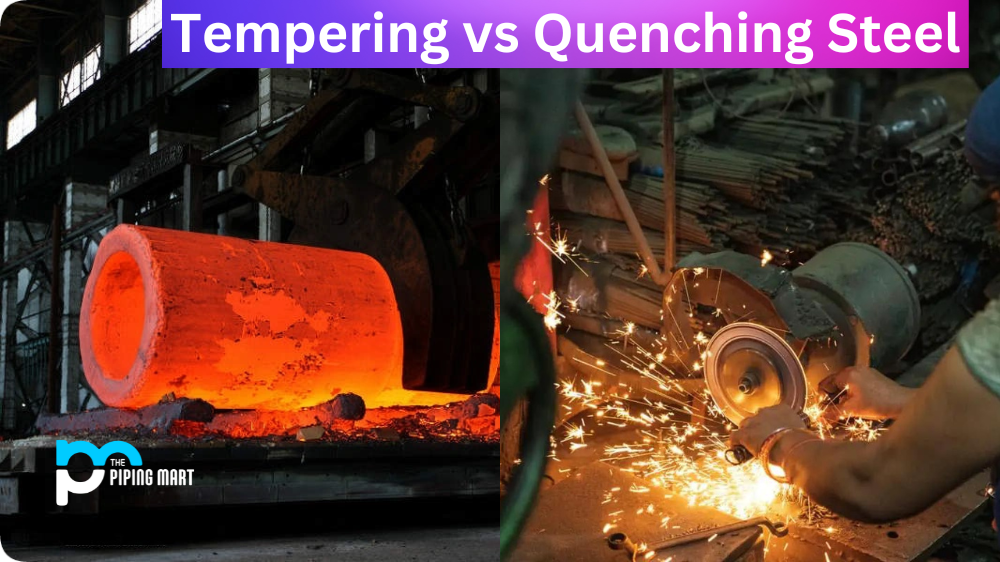A flange is a device used to join pipes, valves, pumps, and other items of hardware to build a plumbing system. It also allows for simple cleaning, examination, and customization. Flanges are often welded or screwed together. Flanged joints are created by bolting two flanges along with a gasket between them to produce a seal.
Flanges’ Materials
Stainless steel, cast iron, aluminium, brass, bronze, and plastic are all typical materials for pipe flanges, but the most frequent is forged carbon steel with machined surfaces. Furthermore, flanges, like fittings and pipelines, are often internally furnished with layers of materials of a completely different grade than the flanges themselves, referred to as “lined flanges,” for specialized reasons. The material of a flange is normally established when the pipe is chosen; in most cases, the flange and pipe are composed of the same material.
Forging is the process of applying mechanical and thermal energy to steel billets or ingots in order to alter the shape of the material while it is still solid. Composition and structure are both consistent with forgings. Forged flanges are utilized as a connecting component in the construction of a piping network for cylinders, valves, pumps, and other devices. Forged flanges are used in two separate parts of the equipment.
Casting is the method of melting metal and then pouring it into a mould or vessel to form the desired shape. They’re frequently employed in situations when forgings are too huge, intricate, or otherwise unsuitable. Cheaper manufacturing costs, the flexibility to build more sophisticated components at lower costs, and having no genuine upper limit on size when it comes to your part are just a few of the benefits of flanges made this manner.
Flanges can be cast or forged. Depending on the use for your flange, both production techniques offer benefits and drawbacks. Due to the antiquated nature and lower quality standard of cast flanges, we mostly deal with forged flanges at Texas Flange. We shall look at the differences of both forged steel flanges and cast iron flanges further down.
The Differences:-
Flanges are often produced using both cast and forged processes. Forged flanges are stronger than cast steel flanges. Composition and structure are both consistent with forgings. Forged flanges have higher production costs than cast flanges due to the nature of their manufacture. Despite the fact that they’re being created in the complicated forms that cast flanges can, their inner core is more compact, and so they have less faults than cast flanges. Because of the grain patterns of the steel are changed, forged flanges are generally stronger and more trustworthy than cast flanges, verifying the form of the item. The strength requirements of the components to be utilized determine whether a cast flange or a forged flange should be used. General integral flanges (such as valves) are cast. Cast flanges may provide somewhat complicated geometries at a cheap cost. Castings are less resistant to shear and tensile forces than forgings. Cast iron flanges, on the other hand, have some disadvantages. The most crucial of these is their susceptibility to internal abnormalities. As a result, cast flanges are not recommended for high-pressure applications or situations with a high risk of corrosion. Despite significant advances in casting technology and computer-aided design of the casting process and designs, meeting the requirements necessary for petrochemical sector applications remains a challenge.

Pipingmart is B2B portal specializes in industrial, metal and piping products. Also, share latest information and news related to products, materials and different types grades to help business dealing in this industry.




